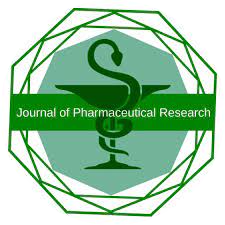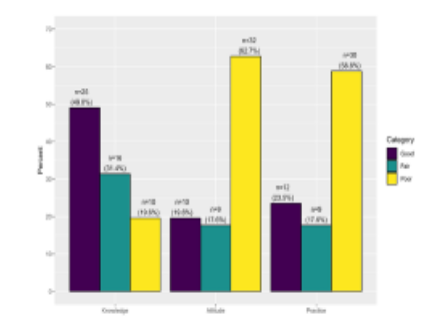


Journal of Pharmaceutical Research
Year: 2025, Volume: 24, Issue: 1, Pages: 36-44
Original Article
Meshari A Turjoman1,∗, Amani Mahrous1, Ahmed A Ozbuk1, Raghad M Alhujaili2, Hessan T Bagasi1, Khulood A Alsiary3
1Family Medicine Department, National Guard Health Affairs, Prince Mohammad ben Abdul-Aziz Hospital, Madinah, KSA
2Family Medicine, Madinah Health Cluster, Madinah, KSA
3Family Medicine Department, National Guard Health Affairs, College of Medicine, King Saud bin Abdulaziz University for Health Sciences, Jeddah, KSA
*Corresponding Author
Email: [email protected]
Glucagon-like peptide-1 receptor agonist (GLP-1RA) is a newly approved medication in the management of Diabetes Mellitus. GLP-1RA has potential adverse effects and risks such as gastrointestinal symptoms, pancreatitis, and thyroid cell neoplasia, respectively. A cross-sectional study, through a validated questionnaire with fixed answers, was utilized to assess the physician’s response regarding GLP-1RA. Participants were Saudi females, younger than 35 years. Physicians with variable educational degrees were included. In regard to prescription authority, it was limited to only around 25.5% of the treating physicians. Knowledge items were scored correctly by 77.2% of participants. And around half of the group 51.6% showed a positive attitude toward GLP-1RA, reflected as strongly agree and agree in the questionnaire. And only 55.2% of participants showed good practice in terms of utilization of GLP-1RA. These findings suggest that continuous professional development and well-organized training programs are crucial to bridge knowledge gaps and refine practice patterns.
Keywords: Knowledge, Attitude, Practice, Glucagon-like peptide-1 receptor agonist, Physicians
© 2024 Published by Krupanidhi College of Pharmacy. This is an open-access article under the CC BY-NC-ND license (https://creativecommons.org/licenses/by-nc-nd/4.0/)
Subscribe now for latest articles and news.